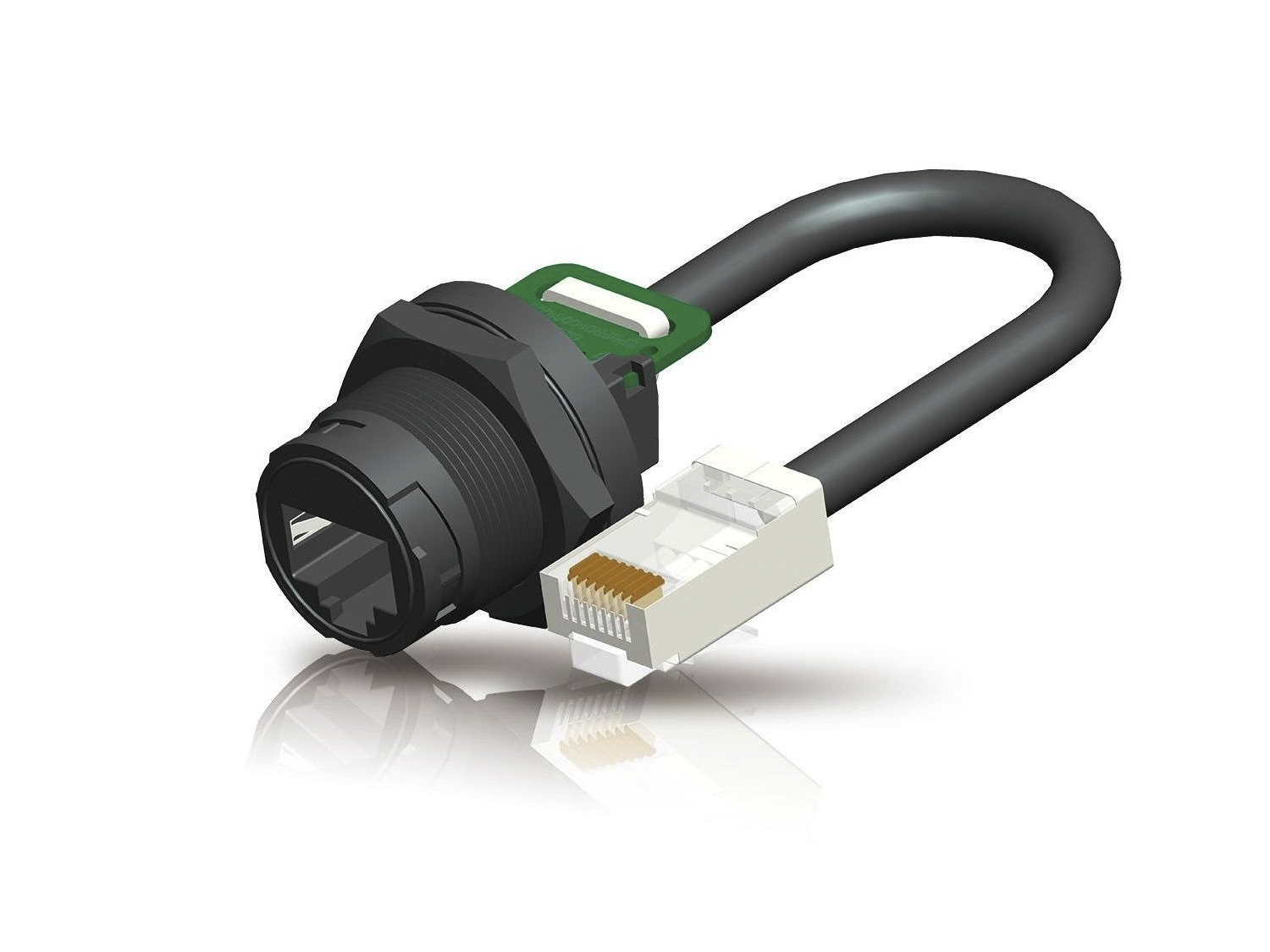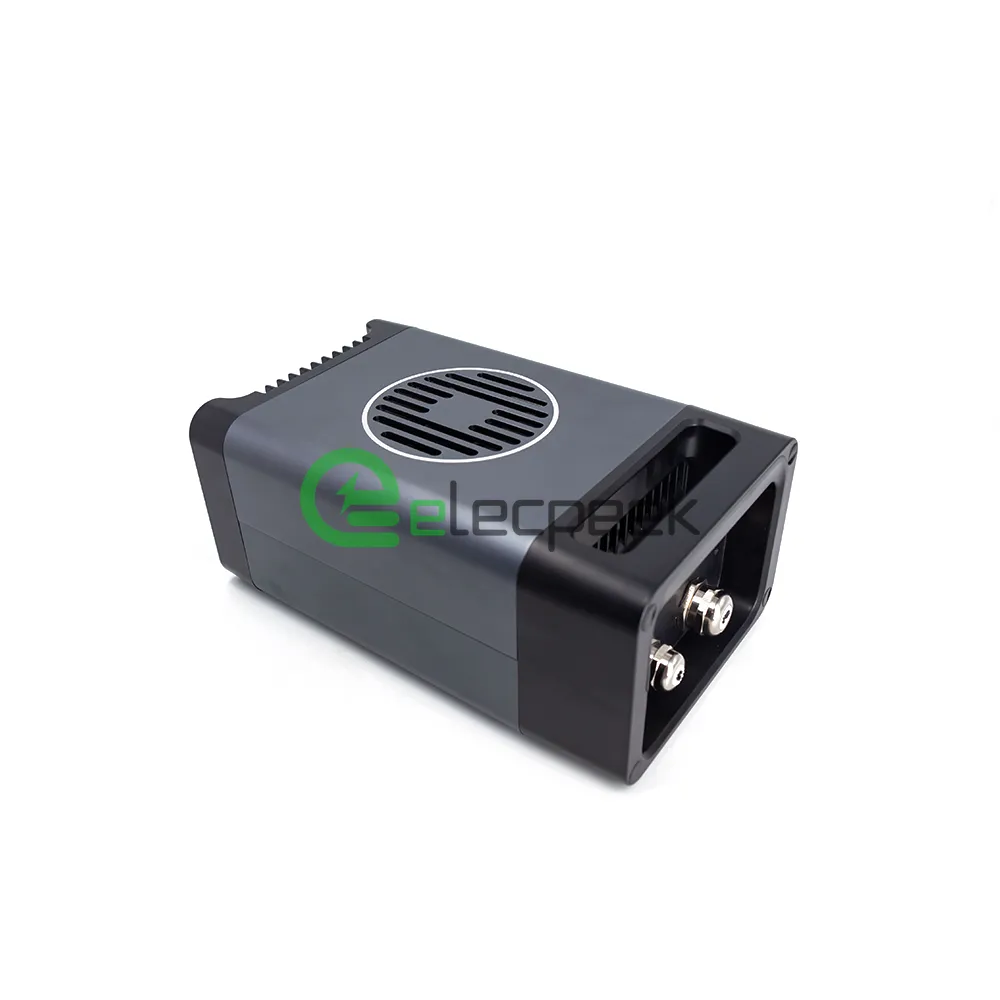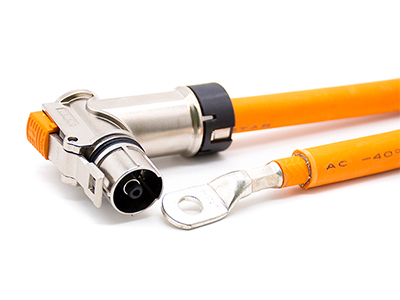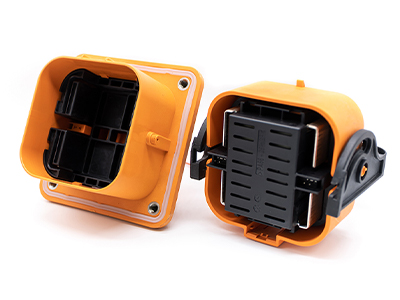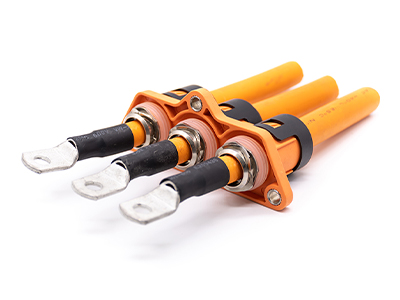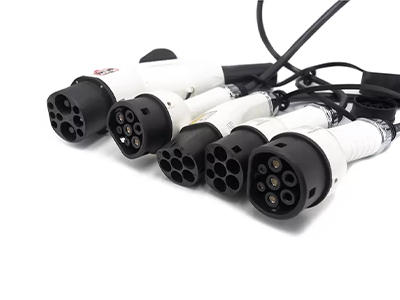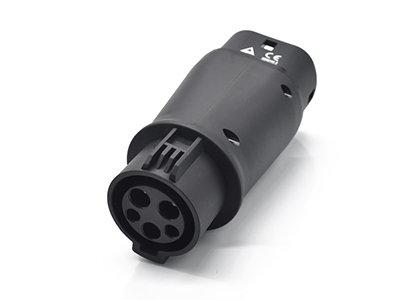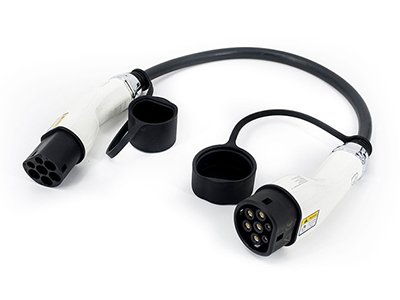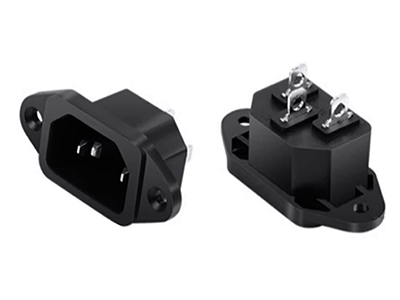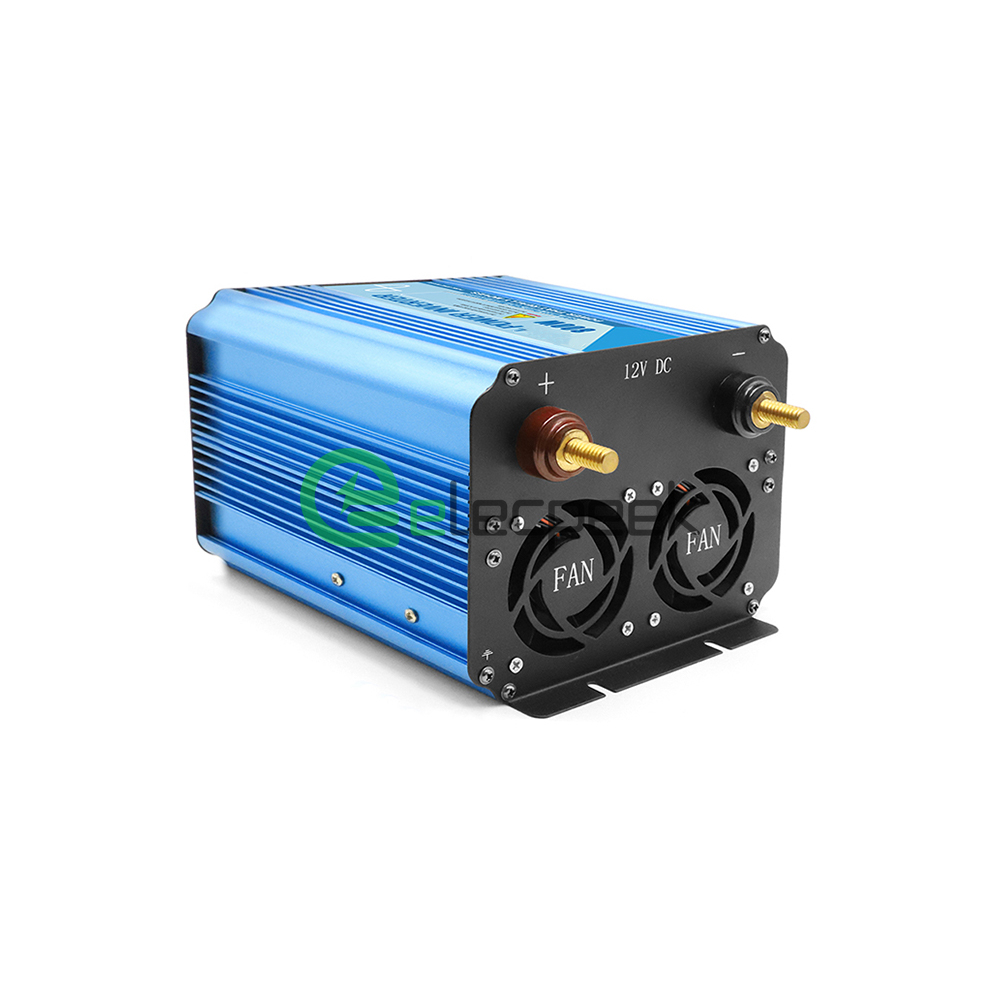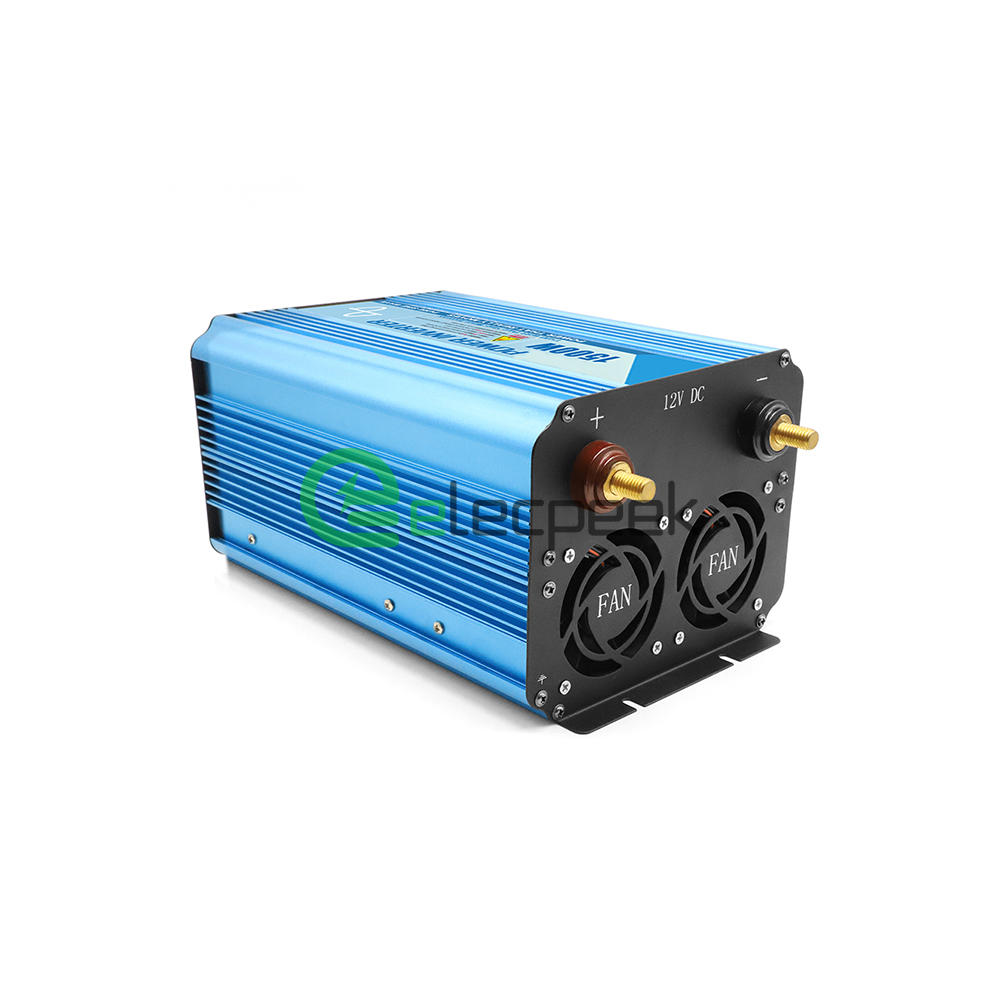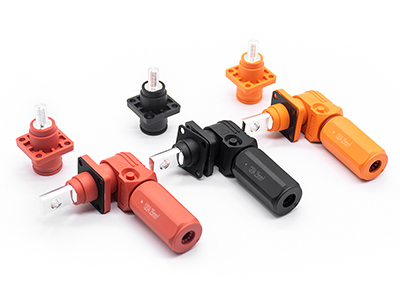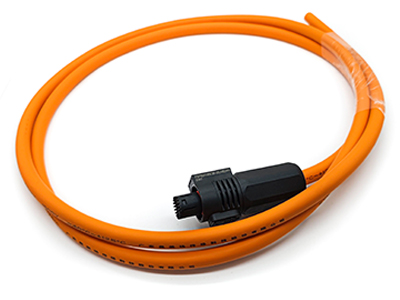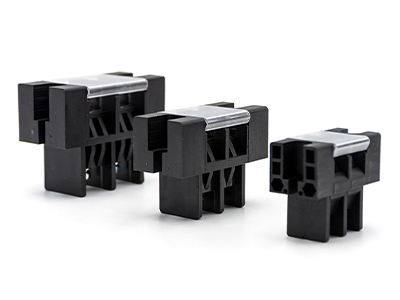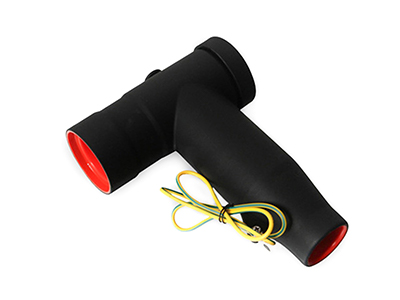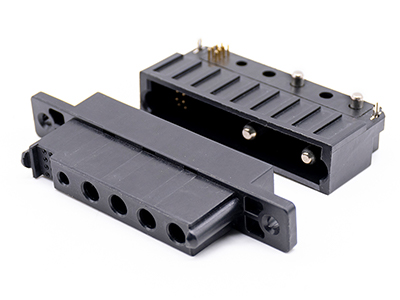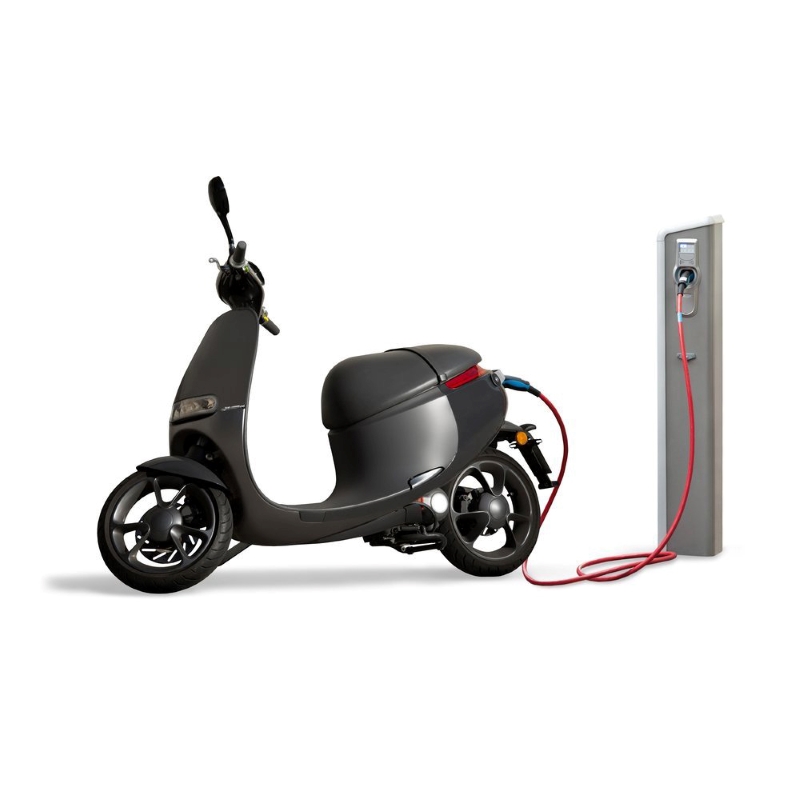News
The Evolution Of EV Charging Standards: A Technological Road Trip
Join us on an engaging journey through the history of Electric Vehicle (EV) charging standards, where we will explore the intricate paths that have led to today’s technologies. Buckle up for a compelling deep-dive into historical developments.
The Dawn of the EV Charging Era
In the late 1990s, the trailblazer, the California Air Resources Board (CARB), introduced the Avcon connector. Simultaneously, in Europe, the modest Europlug was employed for slow EV charging.
Leveling Up: The Advent of Level 1 and Level 2 Charging
Gradually, by the mid-2000s, the SAE’s J1772 standard for Level 1 and Level 2 AC charging in North America emerged. This progress provided a glimpse of the future, making it possible to charge EVs at home using standard electrical outlets (110V in the U.S.) and to employ Level 2 charging from higher capacity sources (up to 240V).
The Quickening: CHAdeMO Takes Charge
Goodbye, slow charging! By the late 2000s, the revolutionary CHAdeMO standard from Japan was introduced. As the premier DC fast charging standard, it signaled a swift shift away from traditional AC charging.
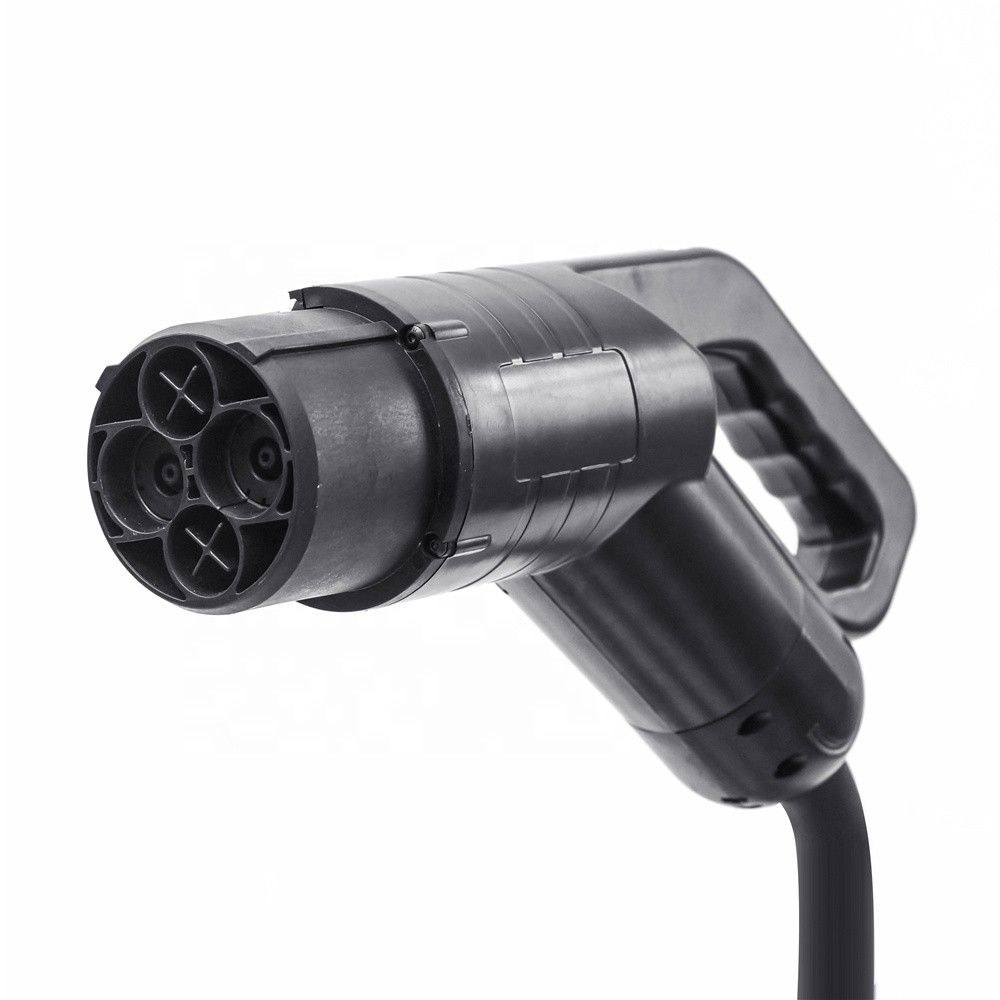
Charging Ahead: SAE Combo and Tesla’s Proprietary System
Continuing to innovate in the early 2010s, the fast-charging landscape saw further enhancements. The SAE introduced the Combo Charging System (CCS), cleverly merging the SAE J1772 Plug connector with two additional DC pins, thereby offering the best of AC and DC charging. Concurrently, Tesla, ever ambitious, launched their Supercharger system, pushing the limits of fast DC charging.
East Meets West: European CCS and China GB/T
In the mid-2010s, the CCS standard reached Europe, with a slight modification. It combined two DC pins with a Type 2 connector, used for AC charging in Europe, creating a unique fusion. At the same time, China entered the EV charging scene, introducing the GB/T charging standards.
The Future: Charging At Lightspeed And Universal Compatibility
Recently, the drive for ultra-fast charging and universal compatibility has become the central goal. Charging networks are accelerating, introducing chargers that can deliver power at 350 kW and beyond, transforming EV charging from an extended pause into a brief intermission.
Moreover, Tesla has moved towards broader accessibility, opening its Supercharger network to non-Tesla EVs and offering a CCS adapter for its vehicles in Europe. These initiatives are making the idea of an EV being able to charge anywhere, anytime, an increasingly tangible reality.
To conclude, the journey of EV charging standards evolution has been a thrilling odyssey, marked by groundbreaking innovations and daring pursuits. However, one truth remains – we are forging ahead at full speed towards a cleaner, greener, and more electrified future.


